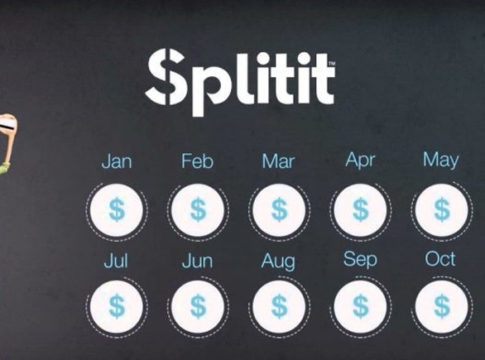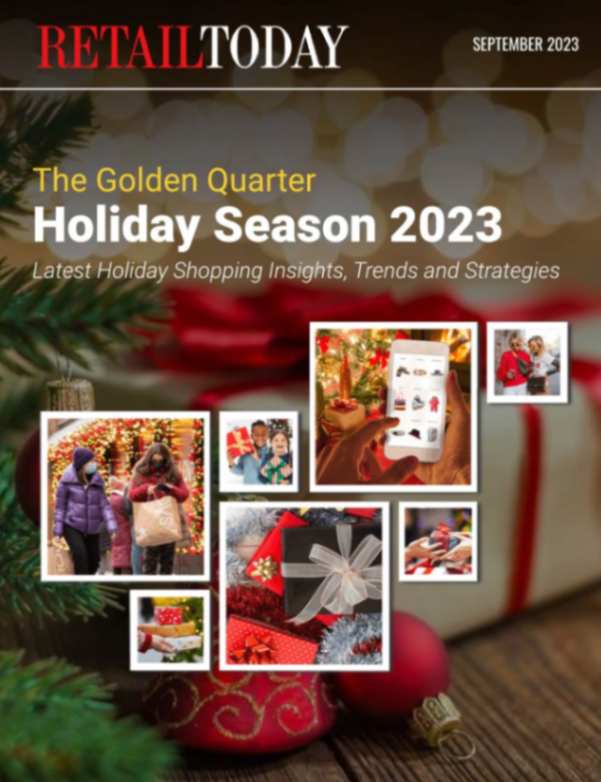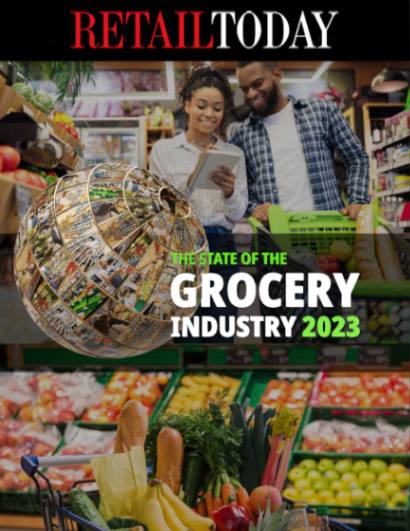Splitit, the only global payment platform that enables shoppers to pay installments via their credit cards, today released new data finding that consumers are still spending during the COVID-19 pandemic, but they are looking for responsible ways to manage their money on their own terms. Based upon an analysis of hundreds of thousands of global transactions from retailers from over 30 countries, Splitit found that consumers continued to purchase goods for their homes, health and personal enrichment, while spending significantly less on luxury purchases.
Splitit’s analysis looked at transactions during the period of March 15, 2020 to April 10, 2020 as compared to the previous twelve months. The data revealed an effort to conserve cash, with a 20% shift in payment mix towards credit card usage over debit card usage. Consumers are also opting for flexible spending options, with a 40% increase in the number of installments selected at checkout, increasing payments from 5 months to over 7 months.
“Consumers are continuing to spend during this time, though the categories and channels where people spend have clearly shifted. It’s essential for businesses to respond to what consumers are asking for, which are more ways to responsibly manage cash flow,” said Brad Paterson, Splitit CEO. “There is an opportunity for the payment industry to help consumers manage their finances without saddling them with more long-term debt, empowering them to better control and use the credit they have and take ownership of their expenses. The data also suggests consumers are prioritizing creating healthy, comfortable and connected environments as they continue to follow ‘stay-at-home’ orders.”
Key Findings in Behavior Changes from March 15 – April 10, 2020:
● Shoppers who use Splitit have been purchasing more goods for their homes, health and personal enrichment, specifically in homewares (e.g., mattresses, appliances), outdoors/sports (e.g., bicycles, home fitness), essential services (e.g., education, tuition and legal), electronics (e.g., computers, phones, gaming) and health (e.g., prescription glasses, dental products).
● Luxury retail, fashion and sports/outdoor activities have experienced a decrease in consumer spending, supporting the idea that shoppers are seeking ways to minimize more costly expenses.
● To conserve their cash, there has been a 20% shift in payment mix towards credit cards over debit cards.
● To pay for their purchases over a longer period of time, Splitit consumers, on average, are choosing to increase the length of their installments. The average number of installments increased to 7 months, from 5 months over the previous 12 months.
● Today’s shoppers are shopping more online. They are adopting more budget conscious behaviors like taking advantage of promotions, leading to Average Order Value (AOV) decreasing slightly during the period from March 15 to April 10. However, the number of transactions in key verticals and ecommerce channels is increasing at a faster rate.
Methodology
Splitit analyzed purchase volumes for items bought through Splitit’s platform for the time period of March 15, 2020 through April 10, 2020 as compared to the averages over the previous 12 months. The data was analyzed as a total segment and did not account for any variations by demographic. The data only accounts for the total share of purchase volume across all categories of Splitit merchants.





